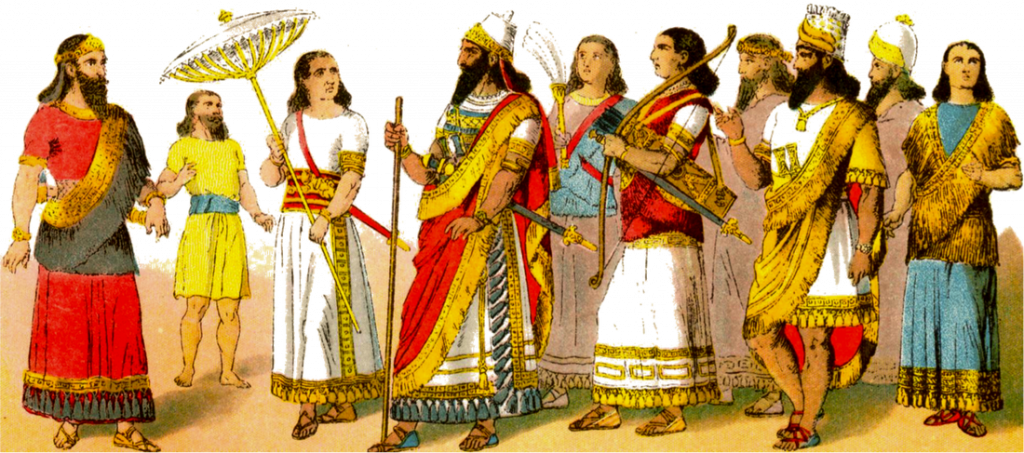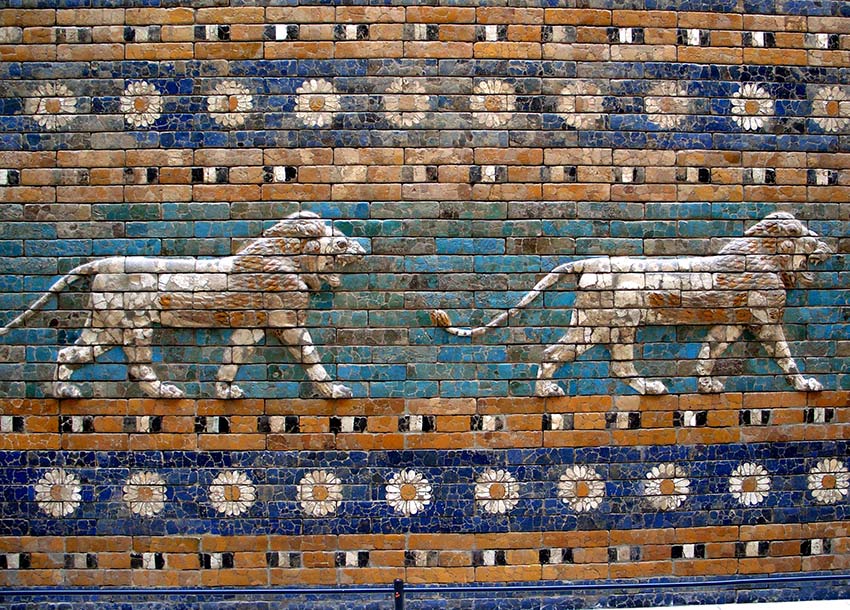
PHOTO: Design & Illustration
The narrative of history we find in most textbooks says very little about the regular person. It’s all about kings and generals and geniuses. Those are all wonderful things to learn about. In fact, they’re vital, but they’re not the whole picture. Much of what archaeology, or ‘the study of the past’, is comprised of is the story of the everyday human being as they lived a hundred, or a hundred-thousand years ago.
Today, we’re going to take a look at what we know of the everyday comings-and-goings of the ‘birthplace of civilization’: Ancient Mesopotamia. What were the social classes like? Did they have a unified religion? What did they wear? What did they eat? What did they do?
Social Status
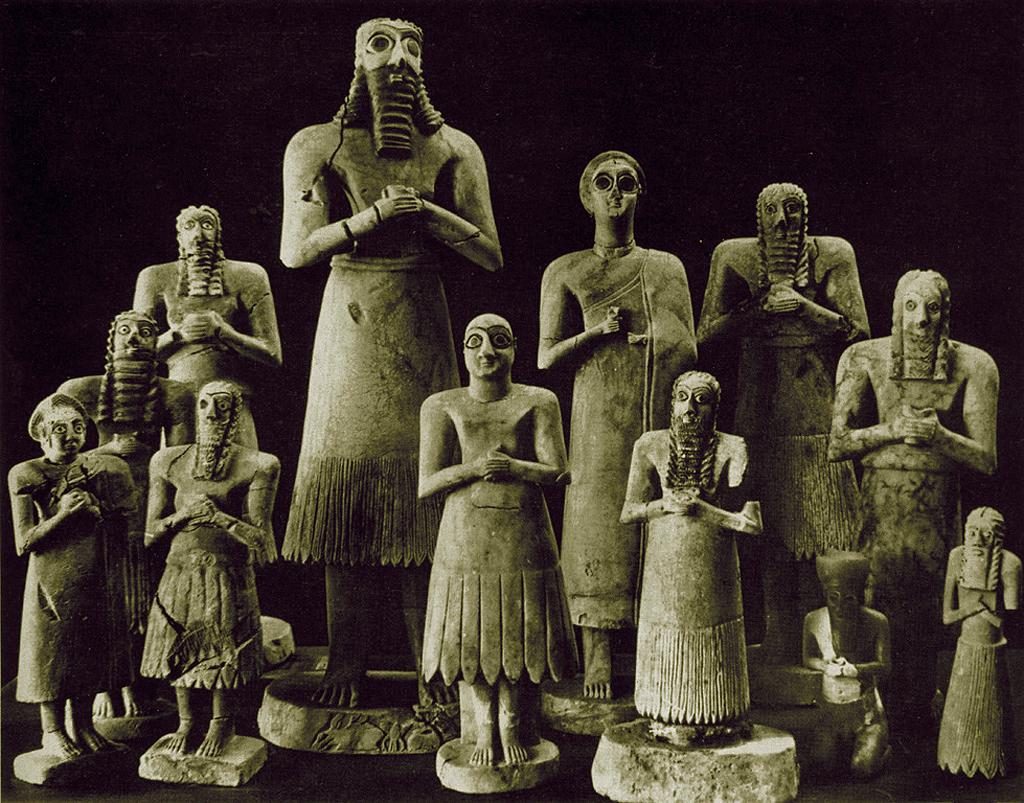
PHOTO: TES
Mesopotamia was one of the first places on Earth where humans began to settle down in towns and form governments. With the First Agricultural Revolution (circa 10,000 BC), humans no longer had to devote the entirety of their time to foraging for food, and had time to pursue things like architecture, art, music, and writing. This led to specialization, which then led to the development of social classes.
Ancient Mesopotamia was divided into a tiny upper class made up of the king and other wealthy aristocrats, priests, and scribes, and a middle class made up of craftsmen, merchants, and civil servants. Everyone else, you know, the laborers and farmers, made up the much larger lower class. At the very bottom of the social tier were slaves. These were usually owned by the king or other members of the upper class, and were always prisoners-of-war taken captive in battles.
The upper class lived a pretty cushy life, as you can imagine. The king had no restrictions on what he could and couldn’t do, and could demand taxes as he pleased. The middle class made a decent living, and if they worked hard, they could eventually reach the upper crust of society. Even the lower class could eventually work their way into the middle class with enough hard work. Mesopotamia was, by no means, a caste-based society.
Women were not considered equal to men. They were a part of their own social class. However, unlike Ancient Greece and Rome, they were allowed to leave their houses and go to the market, own property and run their own businesses, and even become involved in legal cases. There were no laws against them learning to read and write, either, or taking any sort of paid job, but they had no say in making laws.
The middle and lower classes lived in mud brick homes with flat roofs where people would sleep during hot, long summers. Upper classes would live in lavish homes decorated with stone reliefs, and filled with figurines, art, and beautiful fabrics. Their homes would often be two or three levels high.
Religion
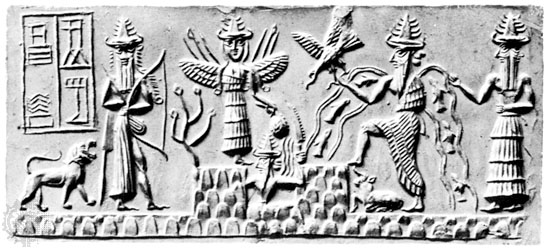
PHOTO: britannica.com
Much of what we know about Mesopotamian religion comes from the famous Epic of Gilgamesh. Mesopotamians were polytheistic, and ranked their gods from great to small. Some were as vast as the sky, like Anu (the Mesopotamian personification of the sky), or Enlil (god of air and storms), and had no interest in human affairs. Others were petty and required food and drink. The Mesopotamians had no view of ‘spiritual’, ‘mystical’ beings. Rather, their gods were just high, malevolent masters to be obeyed and feared.
They had hundreds of thousands of deities, and each deity had its own priests, temples, and followers. Cities had their own patrons. Marduk was patron of Babylon, Enki (patron god of wisdom, water, and the earth) was associated with Eridu, Ashur was the patron of Assyria, and so-on.
Inanna, the goddess of love and war, had her own epic poem that has been preserved, translated, and can still be read today. It details her rise to power, trip to the underworld, and many romantic exploits.
Fashion and Food
Mesopotamians, just like people today, were concerned with their physical appearance. Their clothes were normally made of sheepskin or wool. The men wore long tunics and skirts, and the women wore even longer dresses. They liked to dye their clothes bright colors using pigment naturally available to them, and the upper classes might sew glass beads, precious stones, or even fine gold or silver threads into their clothing to make it more attractive.
Everyone wore jewelry, especially rings encrusted with precious stones. As for hair, well, men wore their hair shoulder length, with long, braided beards. Women wore long hair, too, and liked to braid it. Both genders wore makeup.
Ancient Sumerian makeup and skincare was just as popular and widespread as our skincare and makeup are today. They kept their makeup in special containers or in sea shells, and used all sorts of pigments, oils, and plants to make themselves smell and look fabulous. They used khol, a paste made from frankincense resin and powdered antimony or lead, to line their eyes and protect them from bacteria. It was worn as mascara, too. If they weren’t feeling like wearing black eyeliner, they’d also mix pumice with turquoise to make blue. They used red henna as lipstick and blush, and painted themselves with white lead and vermilion. The kings and queens of Mesopotamia were always the trendsetters.
Occupations and Entertainment
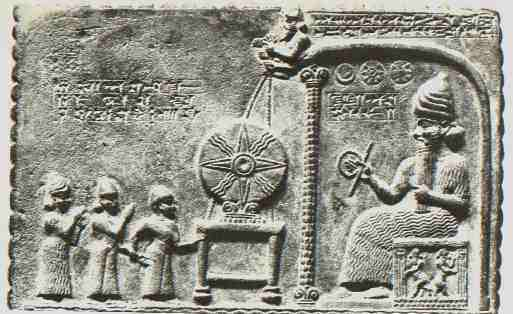
PHOTO: ancientmesopotamians.com
Mesopotamia was, at its heart, an agricultural civilization, so most people were either farmers or animal herders of some kind. Some people employed themselves as hunters or fishermen. There was a great deal of trade between cities, so the middle class was made up of merchants and craftsmen. As language developed, not everyone learned to read, so those who did were either aristocrats or trained scribes who would be hired by others to write and read for them.
As work became more and more specialized, people had more and more time for entertainment. Instruments were invented, including drums, lyres (a small harp), flutes, and harps. They also created sports and enjoyed watching them. They’d go to boxing and wrestling matches, and played board and dice games amongst themselves. Wealthier cities had their own art and poetry styles. Some of the earliest works of fiction on Earth come from Mesopotamia.
Children had toys. These were usually carved from bone or wood, and looked just like toys we give our children today. Carved animals, tops, and jump ropes were most popular.
Humans are humans, no matter the century. While how we go about certain activities like putting on makeup, entertaining ourselves, or going to work, might look very different, it’s clear that the basic principles of who we are as a species haven’t changed a bit.


